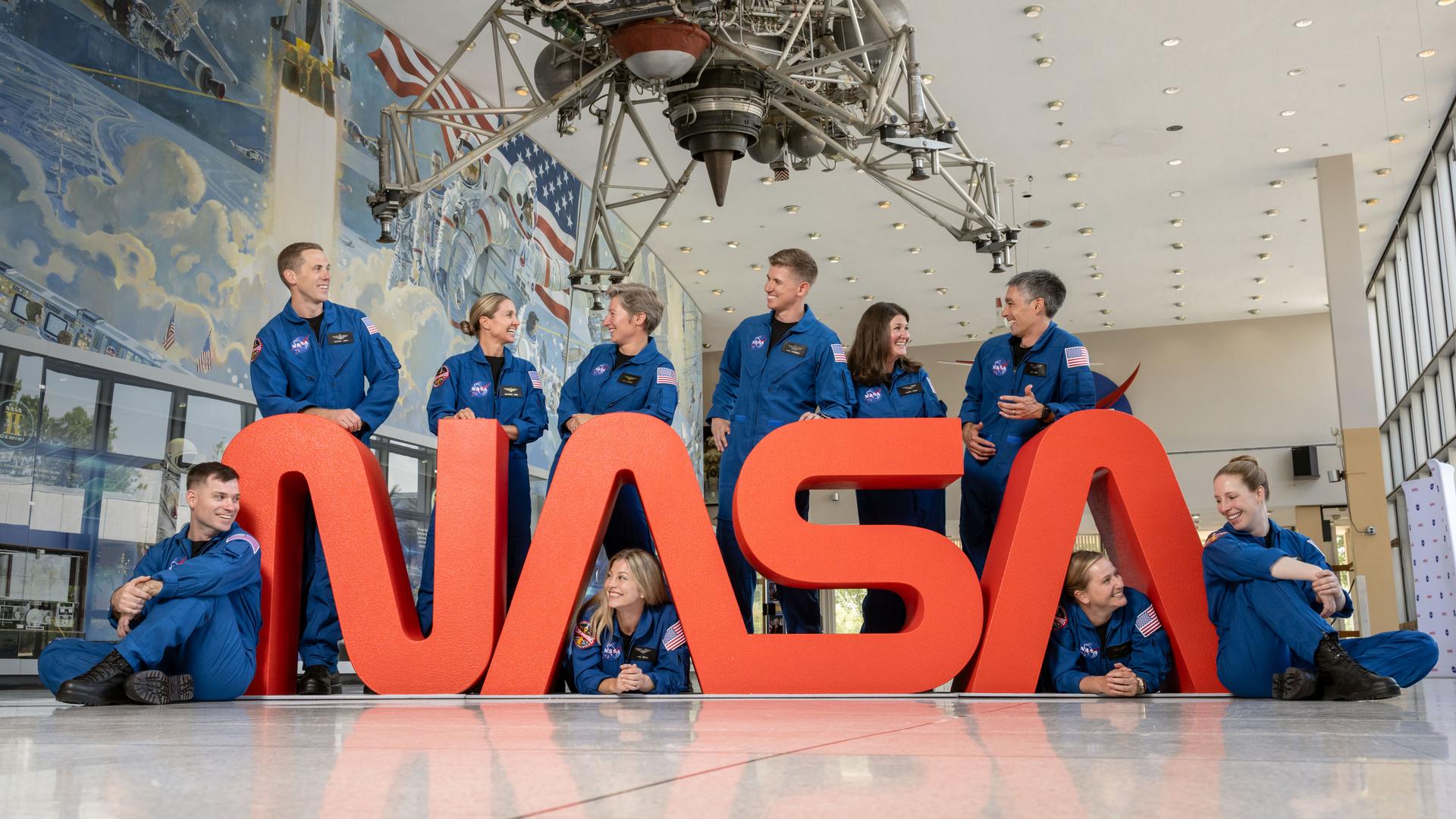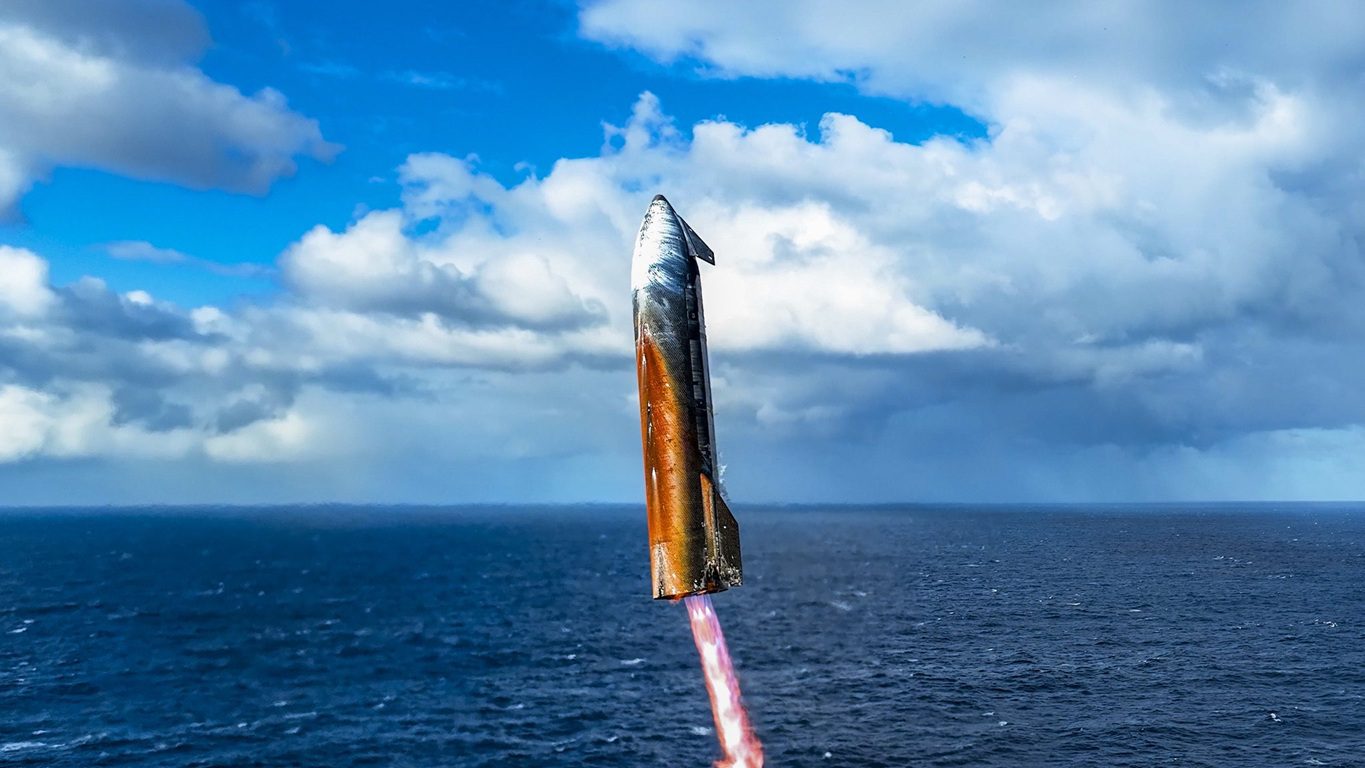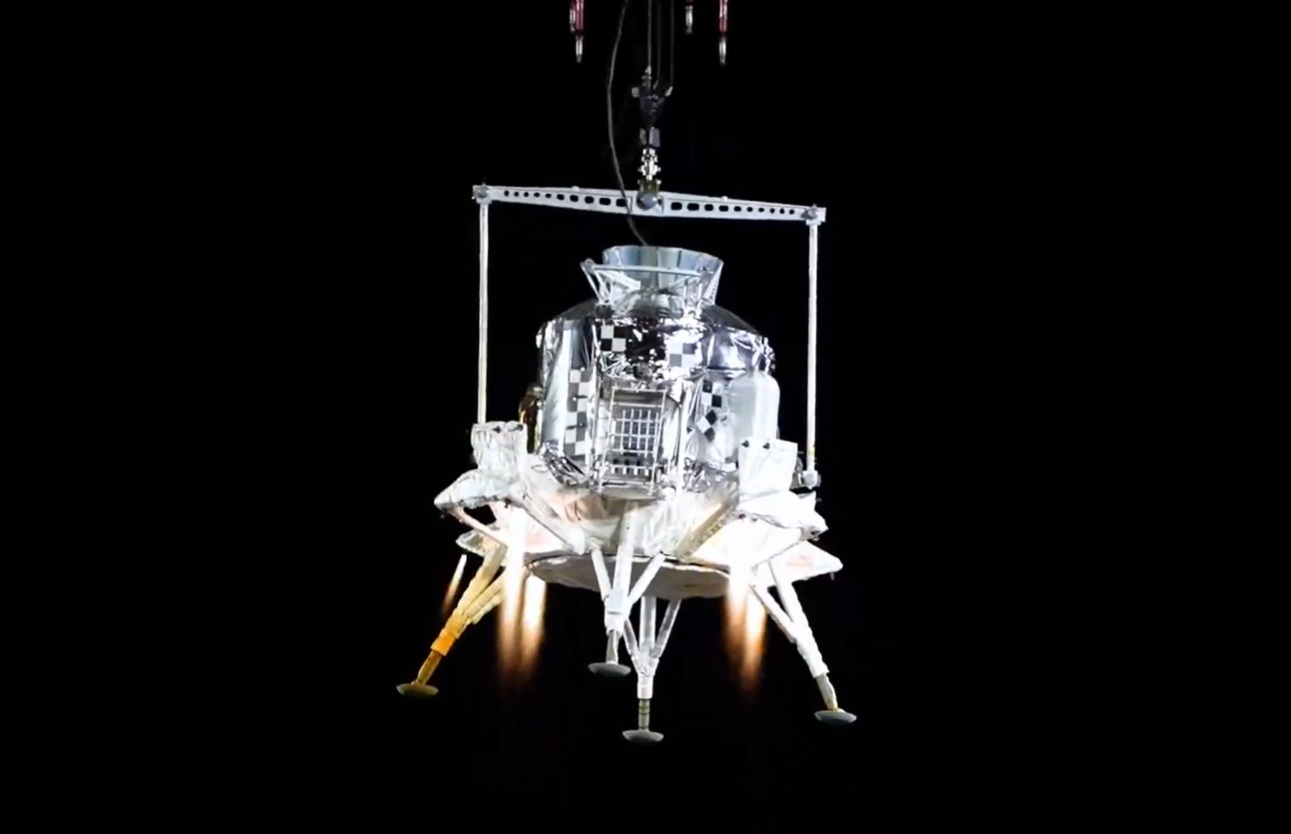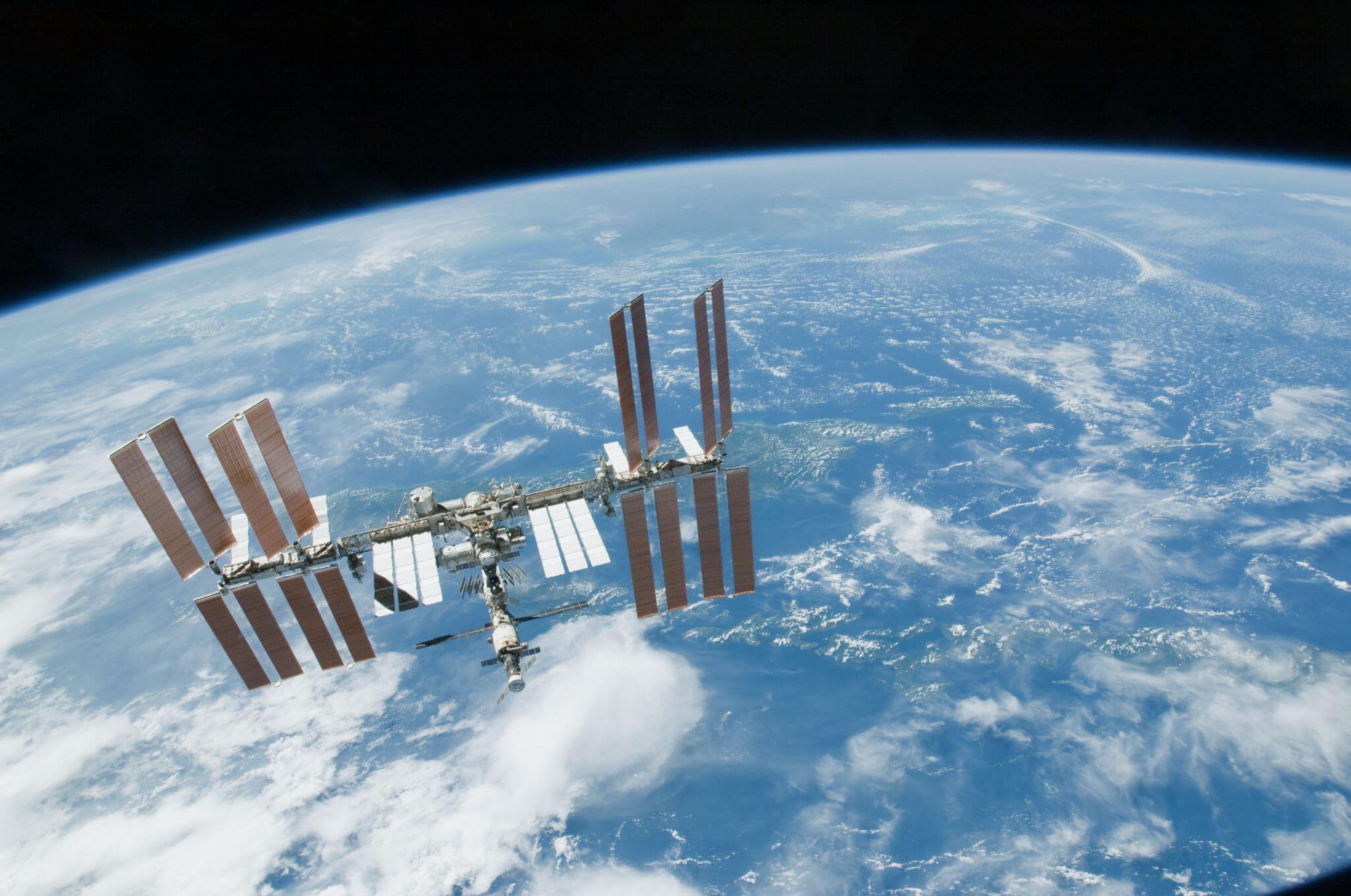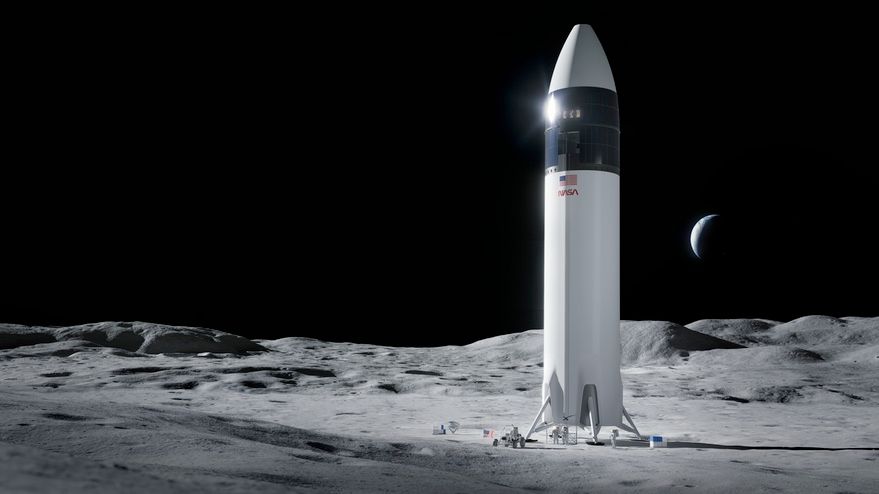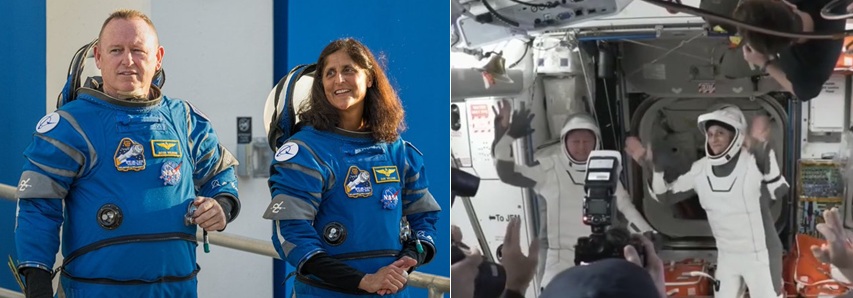Conversations over dinner with my in-laws usually revolve around the latest cricket game or the best new dish sampled, but last week space affairs made an unexpected appearance between courses. With wide-eyed disbelief, my husband’s father asked if we had heard about the NASA astronauts “stuck in space”.
In the space industry, of course, there’s no avoiding it. The troubled journey of Boeing’s CST-100 Starliner has made headlines with increasing frequency, as the number of unplanned days it has spent attached to the International Space Station (ISS) has exceeded two months (it was only supposed to be there for around a week).
Initially NASA attempted to take control of the narrative by insisting that its astronauts were not stranded in space and that everything was under control. It was simply being judicious in its checks on the spacecraft before fixing a return date. The space agency’s claims have become less convincing with every passing day that NASA astronauts Commander Barry (Butch) Wilmore and Pilot Sunita Williams continue to kill time, with no confirmed return date. The situation was dubbed the “Flight Delay to End All Flight Delays” by The Atlantic, a rather apt description.
What is Starliner?
CST-100 Starliner is a partially reusable spacecraft built by Boeing and designed to transport crew to and, crucially, from the ISS. NASA hopes Starliner will provide a safe, reliable and cost-effective mode of travel in pursuit of its longer term ambitions to maintain the presence of humans in low Earth orbit (LEO) and the return of humans to the Moon.
What went wrong with the crewed test?
After a series of stalled launch attempts, the first crewed test flight of Starliner finally lifted off on 5 June at 16:52 GMT from Cape Canaveral, Florida on United Launch Alliance’s human-rated ATLAS V N22 (422) (RL10A-4-2) launch vehicle. The initial part of the mission appeared to run smoothly but, several hours later, NASA revealed that two new helium leaks had been detected on Starliner as it travelled to the ISS. This was in addition to one (deemed acceptable by the space agency) found prior to launch.
In a post on X, NASA said: “Teams have identified three helium leaks on the spacecraft. One of these was previously discussed before flight along with a management plan. In the end the mission was given permission to launch. The other two have relieved themselves since the spacecraft arrived on orbit. Two of the affected helium valves have been closed and the spacecraft remains stable.”
What happens now?
Neither the astronauts nor Starliner can stay on the ISS perpetually. All that remains is to work out how they can avoid that.
- Option 1: NASA could ask SpaceX to add two seats to the cargo area of SpaceX’s Crew-8 Dragon, which is already docked at the ISS, so its astronauts could return in that vehicle instead.
- Option 2: Launch SpaceX Crew-9 in September with just two astronauts on board, leaving room for Wilmore and Williams to board for the return flight sometime in February 2025. NASA is already preparing itself to take this option: Crew-9 was scheduled to launch in August but was delayed to provide “operational flexibility” for the space agency. But this course of action will mean the astronauts won’t come home until next year. We wonder how they feel about that.
- Option 3: NASA could go with its original plan and put Wilmore and Williams back on the Starliner to return home.
At the start of August NASA officials said they would decide whether Williams and Wilmore would return on Starliner or stay on the ISS until 2025 by the middle of the month. However, there appears to have been some debate within NASA about which course of action would be best. The agency then said it expected to make a decision by late August.
Update on 29 August: Drumroll…. option 2 it is. NASA finally made its choice and decided to keep Williams and Wilmore on the ISS through Christmas and the New Year until February 2025. Their spacecraft will return to Earth earlier, undocking from the ISS on 6 September – marking three months since it arrived at the space station – with no crew aboard. NASA hopes its spacecraft will safely land at White Sands Space Harbour in New Mexico around six hours later.
Comment by Farah Ghouri: Clearly, things have not gone to plan for NASA’s first crewed test of Starliner. However, whether or not it is classed as a failure by NASA will only be determined after the spacecraft’s landing (if it manages to land, that is).

